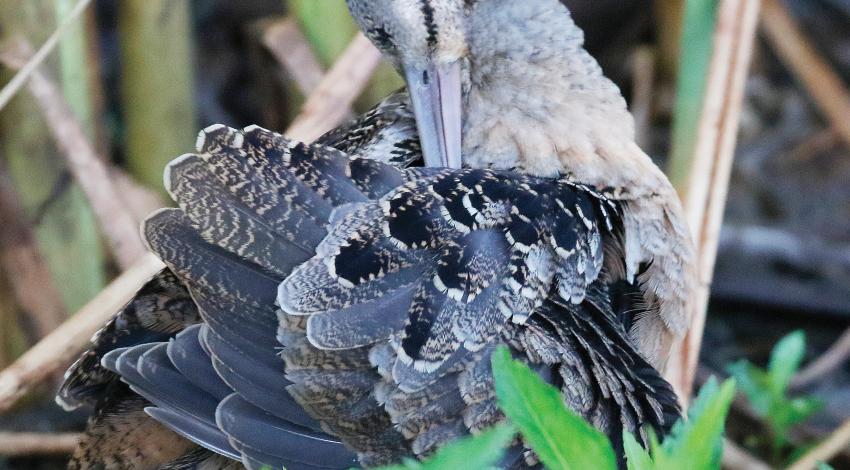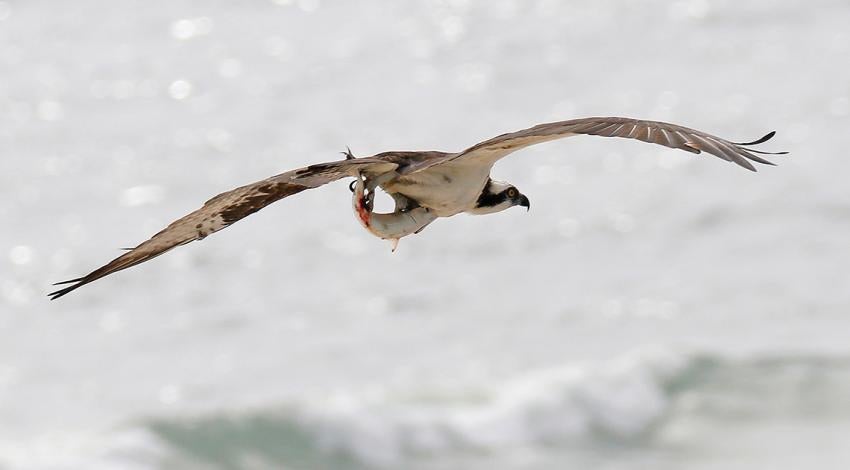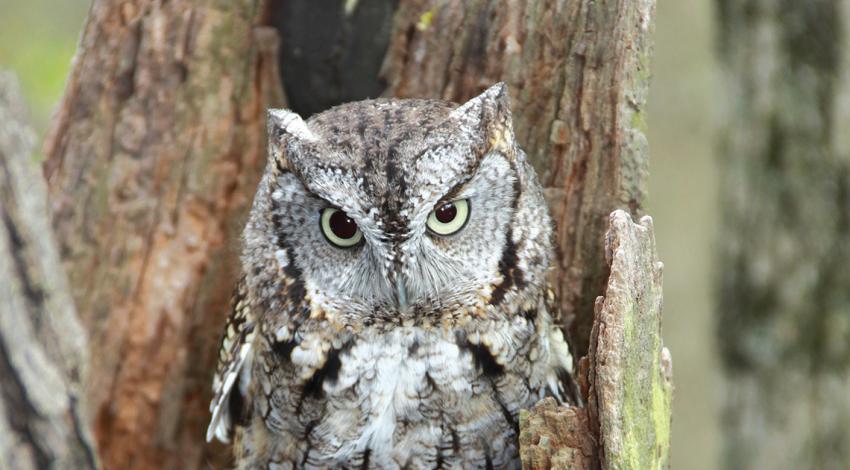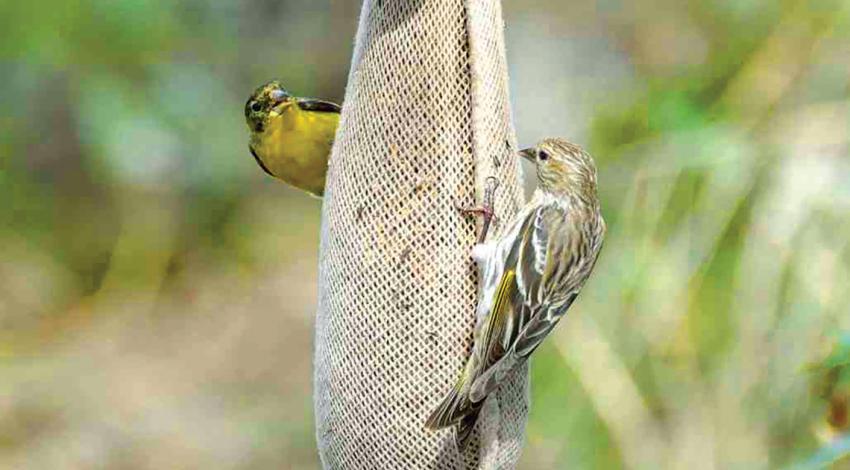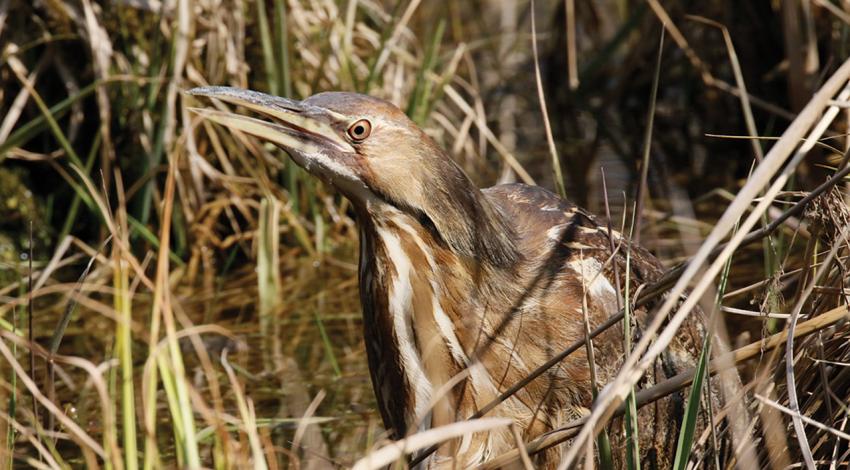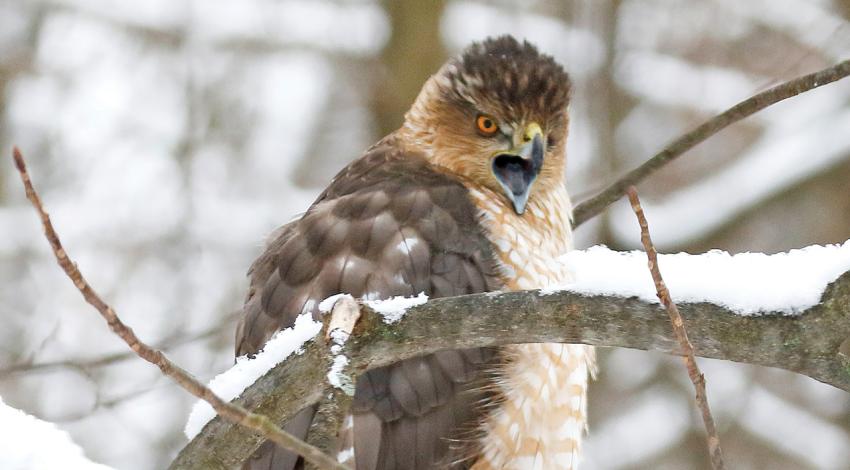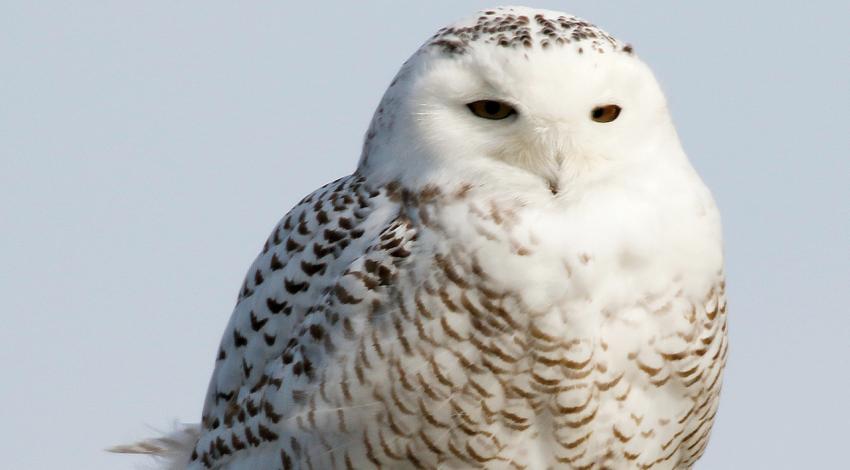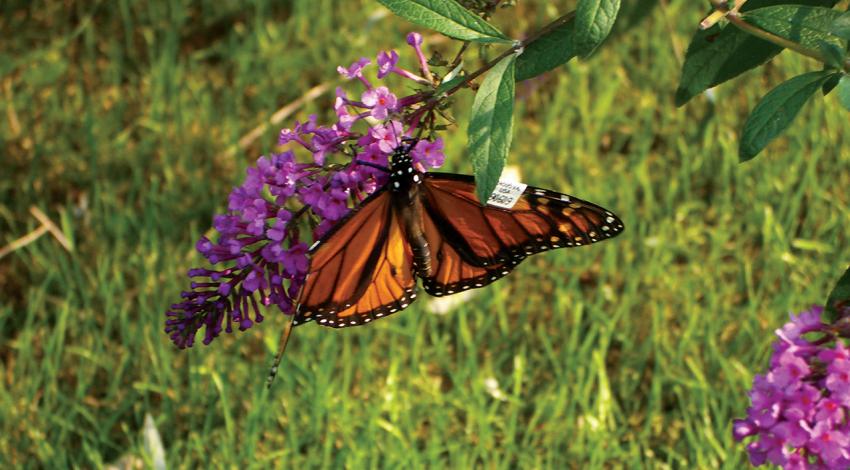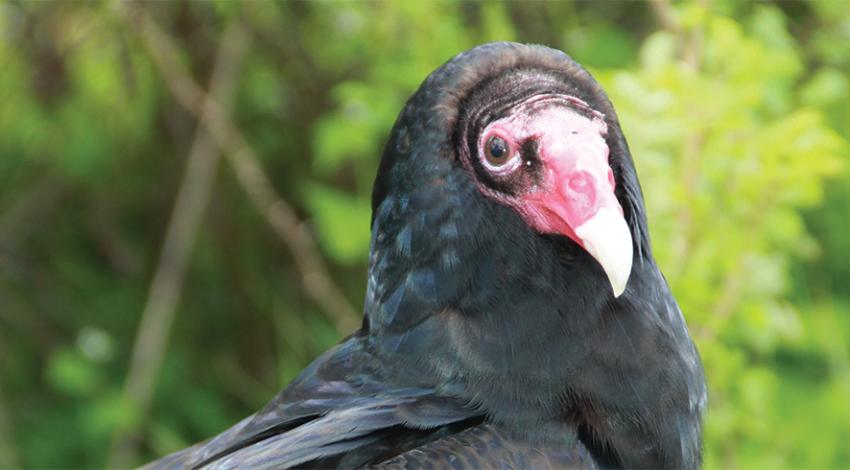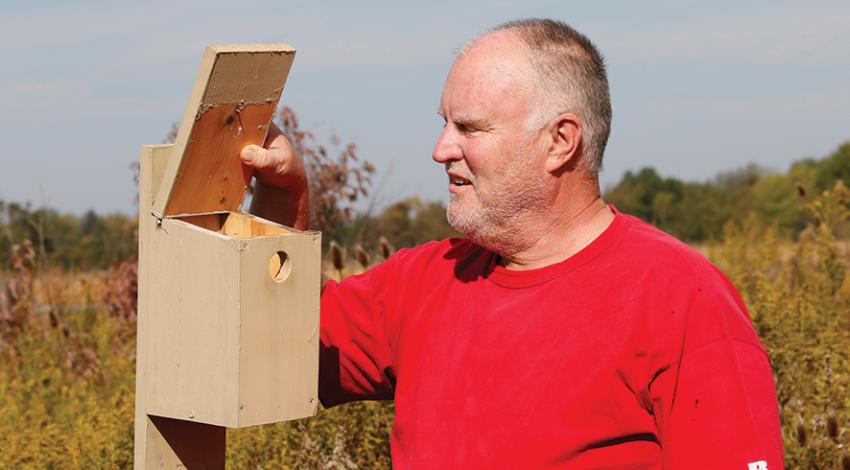Head outdoors with me after supper some evening during the month of April, and remember to take a jacket, as it will be chilly by the time we return after dark.
You’ll likely hear a woodcock long before spotting one, the sound beginning just after sunset. The woodcock’s call has been described as a single loud “peent” or “buzz,” spaced every few seconds. That usually continues for several minutes before the male finally takes wing in a spiral flight skyward, making a twittering sound as he climbs.
